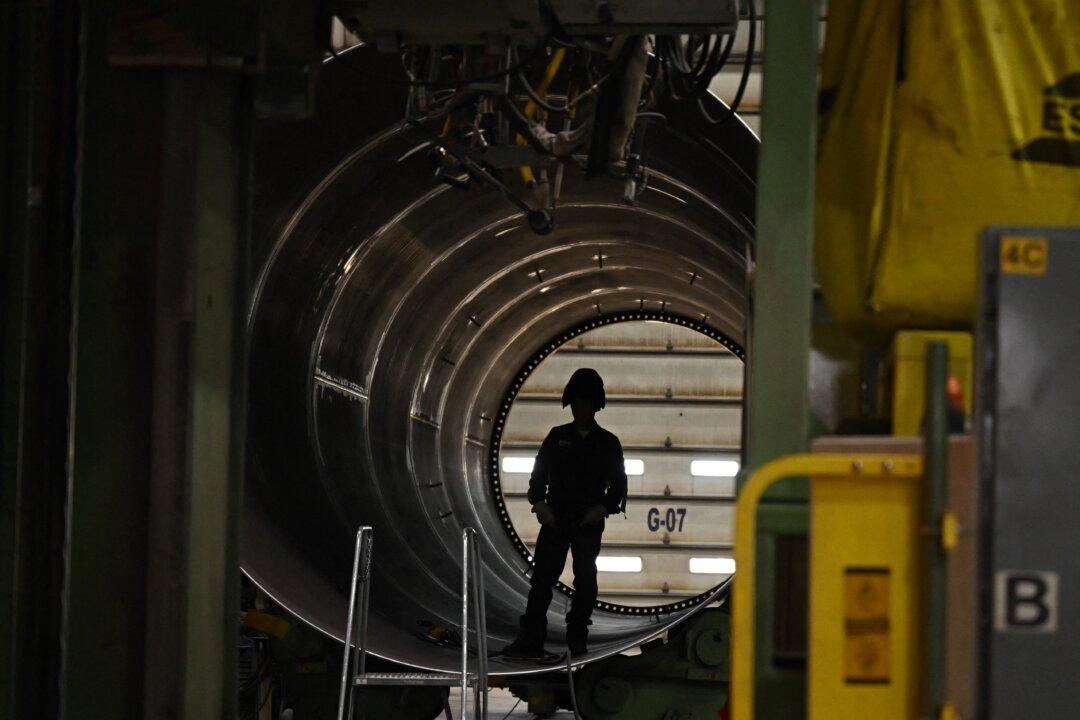Commentary
One of my favorite columnists, Allysia Finley, is defensive about a major issue driving U.S. politics today, namely the gutting of U.S. manufacturing in dozens of industries. The meltdown has devastated dozens of industries: steel, textiles, consumer electronics, semiconductors, furniture, tools, household appliances, shipbuilding, apparel, shoes, toys, small engines, and you name it. And of course, and incredibly, automobiles.





